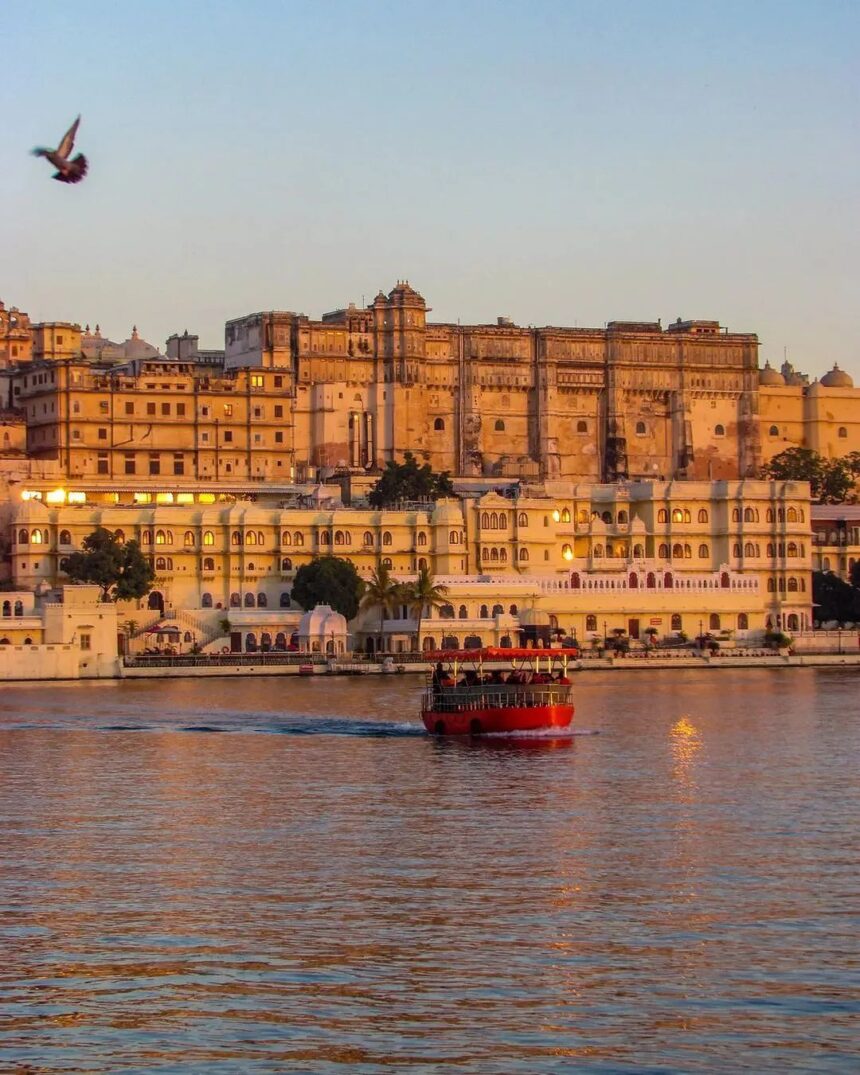Fascinating Facts About Jaipur That Will Surprise You
Known as the “Pink City”, Jaipur is the capital of Rajasthan and one of India’s most iconic cultural and historical destinations. With its stunning palaces, forts, bustling bazaars, and vibrant festivals, Jaipur offers a unique blend of history, architecture, and modern urban life. This city attracts millions of travelers from all over the world and continues to hold immense cultural, social, and economic significance.
In this article, we explore Jaipur’s history, key facts, timeline, significance, FAQs, daily life impacts, cultural relevance, and societal importance, written in a friendly and engaging style.
History of Jaipur
Jaipur has a rich and fascinating history:
Foundation: Jaipur was founded in 1727 by Maharaja Sawai Jai Singh II, a visionary ruler and astronomer. He planned the city with wide streets and a grid-based layout, making it one of the earliest planned cities in India.
Architectural Innovation: The city’s architecture blends Rajput, Mughal, and European styles. The use of pink sandstone and the “Pink City” concept symbolizes hospitality and welcomes visitors.
Historic Forts & Palaces: Jaipur became the capital of the princely state of Jaipur and was famous for its grand forts like Amber Fort, Nahargarh Fort, and Jaigarh Fort. Palaces like City Palace, Hawa Mahal, and Jantar Mantar showcase the city’s grandeur.
Cultural Hub: Over centuries, Jaipur developed into a center for arts, crafts, music, and literature, preserving Rajasthani traditions and heritage.
Key Facts About Jaipur
Population: Jaipur has a population of over 3 million people and serves as a major urban center in Rajasthan.
Tourism Hotspot: Known for palaces, forts, markets, and festivals, Jaipur is a top destination for domestic and international tourists.
Cultural Significance: The city celebrates festivals like Diwali, Holi, Teej, and Gangaur with grandeur and traditional rituals.
Economic Importance: Jaipur is a hub for handicrafts, textiles, jewelry, tourism, IT, and education.
Famous Markets: Johari Bazaar, Bapu Bazaar, and Tripolia Bazaar offer jewelry, textiles, handicrafts, and souvenirs.
Architectural Marvels: Hawa Mahal, Jal Mahal, City Palace, and Amber Fort are architectural gems that attract millions of visitors.
Scientific Heritage: Jantar Mantar, built by Maharaja Sawai Jai Singh II, is a UNESCO World Heritage site and an astronomical marvel.
Cuisine: Jaipur is famous for traditional Rajasthani dishes like dal baati churma, ghewar, kachori, and laal maas.
Climate: Jaipur has a hot semi-arid climate, with hot summers, cool winters, and a monsoon season from June to September.
Connectivity: Well-connected by road, rail, and air, Jaipur serves as a gateway to Rajasthan’s tourist destinations.
Timeline of Jaipur
1727: Jaipur founded by Maharaja Sawai Jai Singh II.
18th Century: City develops as a strategic and cultural hub with forts and palaces.
19th Century: Jaipur becomes part of British India, retaining its princely state status.
20th Century: Modernization of infrastructure, educational institutions, and industrial growth.
21st Century: Jaipur emerges as a major tourist, cultural, and economic center in India.
Significance of Jaipur
Historical Importance: Jaipur represents Rajasthan’s rich history, royal architecture, and strategic city planning.
Cultural Center: Maintains traditional arts, crafts, music, and dance forms, preserving the cultural heritage of the region.
Tourism & Economy: Tourism contributes significantly to the local economy, generating jobs in hospitality, transport, and handicrafts.
Education & Innovation: Home to universities and research institutions, Jaipur fosters education and innovation in northern India.
Global Recognition: Jaipur’s forts, palaces, and heritage sites have earned UNESCO recognition, increasing international awareness.
Daily Life Impacts
Employment Opportunities: Tourism, education, handicrafts, and services provide employment for residents.
Urban Development: Wide roads, markets, and public spaces improve quality of life and urban planning.
Cultural Engagement: Residents actively participate in festivals, arts, and local crafts, promoting community bonding.
Healthcare & Education: Jaipur has become a center for medical tourism and higher education in Rajasthan.
Transportation & Connectivity: Modern transportation enhances daily commuting and supports regional development.
Observance and Important Points
Preserve Heritage: Respect forts, palaces, and monuments, and avoid littering or vandalism.
Safety Tips: Travel cautiously, especially in crowded markets or during peak tourist seasons.
Cultural Etiquette: Dress modestly at religious and traditional sites; respect local customs and rituals.
Accommodation Planning: Advance booking is recommended during festival seasons and peak tourist months.
Support Local Economy: Buy handicrafts, textiles, and souvenirs from local artisans to promote sustainable tourism.
FAQs About Jaipur
Q1: What is the best time to visit Jaipur?
A: October to March is ideal, as winters are pleasant and suitable for sightseeing and outdoor activities.
Q2: How far is Jaipur from major cities like Delhi and Mumbai?
A: Jaipur is approximately 280 km from Delhi and 1,150 km from Mumbai, well-connected by road, rail, and air.
Q3: What are the must-visit places in Jaipur?
A: Amber Fort, Hawa Mahal, City Palace, Jantar Mantar, Jal Mahal, Nahargarh Fort, and local markets.
Q4: Is Jaipur suitable for family trips?
A: Yes, Jaipur offers family-friendly activities, educational tours, shopping, and cultural experiences.
Q5: What is Jaipur famous for?
A: Jaipur is famous for its pink architecture, forts, palaces, handicrafts, jewelry, and Rajasthani cuisine.
Social and Cultural Significance
Heritage Preservation: Jaipur protects historical monuments and architecture, maintaining regional pride.
Cultural Exchange: Festivals and markets offer opportunities for cultural interaction between locals and tourists.
Economic Growth: Tourism, trade, and handicrafts contribute to the city’s economic development.
Environmental Awareness: Efforts to preserve lakes, gardens, and heritage structures promote sustainability.
Creative Inspiration: Jaipur’s scenic beauty, architecture, and festivals inspire art, photography, literature, and film.
Wishing and Inspirational Perspective
Visiting Jaipur encourages:
Historical Appreciation: Understand and admire the legacy of Rajasthani rulers.
Cultural Engagement: Experience festivals, music, and local traditions firsthand.
Mindfulness: Exploring forts, palaces, and markets allows a break from daily life stress.
Adventure & Discovery: Jaipur’s forts, trekking trails, and markets offer exploration and learning opportunities.
Connection: Strengthen bonds with family, friends, or travel companions through shared experiences.
Conclusion: Importance in Daily Life and Society
Jaipur, the Pink City, is more than just a tourist destination. It is a cultural, historical, and economic hub that impacts daily life and society in numerous ways. Its heritage, architecture, festivals, and markets provide residents with economic opportunities, cultural engagement, and urban development. For tourists, Jaipur offers a blend of learning, adventure, relaxation, and inspiration.
The 10 fascinating facts about Jaipur show that the city is a living example of India’s royal past and cultural vibrancy, offering lessons in history, architecture, and social cohesion while creating unforgettable memories for travelers.








